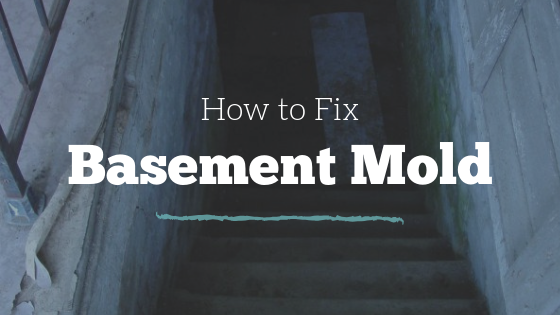You’ve probably just found out that you have a mold problem in your home, or you might just have had floodwater in your basement recently. Either way, you’re probably wondering how you can treat the mold growing in your home or how you can prevent it from getting worse. Nevertheless, the best advice that we can give you is to start monitoring your home more frequently. Doing so will allow you to prevent further damage or deal with impending problems even before they get awfully bad.

One of the most common house problems that homeowners deal with is mold. Everybody hates mold in their homes because not only is it unsightly and disgusting, it also comes with some health risks. Excessive exposure to mold can lead to poisoning and other adverse effects such as eye inflammation, headache, cough, asthma, and other respiratory illnesses. People who are hypersensitive or has a weak immune system are more susceptible to mold poisoning.
Why is Mold a Point of Concern?
Mold is a type of fungi that thrives on oxygen, organic material, and moisture to grow and spread. Mold eats away the surface where they’re growing from hence resulting in decomposition. You might be more familiar with mold growing on your food; you know it’s already spoiled once you’ve seen mold eating it away. The same is true for mold growing in your home. It starts to feed on the furniture, carpet, wood, insulation, and soon the structural support of your home if you neglect it for too long.
As previously mentioned, apart from potential structural problems posed by a mold infestation, certain types of mold can cause allergic reactions and other respiratory illnesses to people who are hypersensitive or those with a poor immune system. Black mold is a particular strain of fungi that releases toxic spores called “mycotoxins”. The mold spores are then spread through the air and only begins to develop as fungi once they’ve touched a surface that is suitable for growth. The spores are actually so tiny that it is impossible to see with the naked eye. So if you’ve seen a mold colony in your home, it’s an indication that it has already spread large enough to be visible to the naked eye.
Mold in Basement
Any home is susceptible to mold, but indoor damp spaces like the shower area, the kitchen, the attic, and the basement are more prone to mold infestation because these areas are rich in moisture, humidity and high levels of condensation.
If your basement hasn’t seen the light of day for many years, then don’t be surprised to find your basement overrun by mold. Basements that have no proper ventilation, no regular cleaning and stacked with piles and piles of old and worn-out furniture and other items you’ve forgotten they’re there is actually the best environment for mold to grow.
How to Remove Mold in Basement
-
Clean up.
The first step is to clean up your basement and remove all your storage. But before you start to clean up, make sure you are wearing protective gear such as a mask and a pair of gloves. Now, identify which areas are infested, and segregate objects that are also infected with mold. Salvage what you can but throw away the ones that are beyond repair.
-
Probe the affected areas.
Once you have identified the problem areas, begin probing these spaces a little bit more. This is to check the extent of the damage. If there are multiple areas covered with mold, single out which ones can be scrubbed or repaired and then find out which areas would need a complete replacement.
-
Treat the affected areas.
Once you have determined the areas that can still be fixed without replacing the original structure or material, the next step is to start preparing the area for fungi removal products. Start scrubbing it first with a mixture of water and soap before finally applying a stronger chemical like hydrogen peroxide, bleach or borax to the affected area. If you managed to get it off, be sure to dry the area thoroughly.
-
Keep your basement clean and dry.
Lastly, it’s vital to keep your basement clean and dry. Maintain control over the humidity level in the room by installing a dehumidifier or perform a full encapsulation by completely sealing off your basement. Moreover, create a regular cleaning schedule and inspection so no mold grows in your basement undetected.
Getting rid of mold in your basement is a tedious and daunting process. In addition to that, it could also be risky especially if you don’t know what type of mold you’ll be dealing with. It’s best to diagnose the problem before diving right into it on your own. Better yet, seek help from trusted mold removal experts and ask mold test Williamsburg to fix your mold problem for you.
